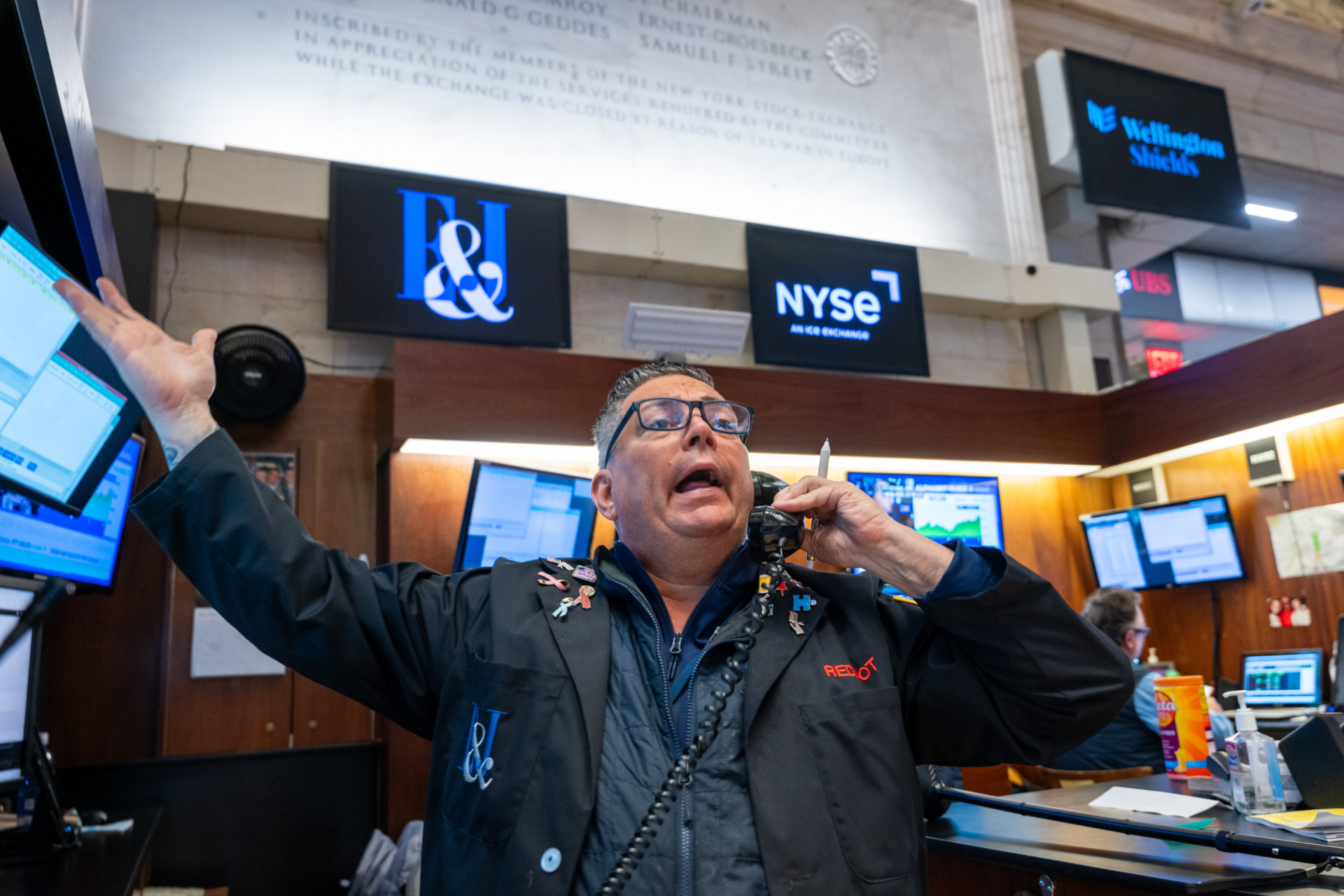Job Growth Slowed by More Than Expected
Job growth slowed by much more than expected in April, fueling visions of multiple rate cuts this year and sending the stock market soaring.
Payrolls grew by a seasonally adjusted 175,000 in April, the Labor Department said Friday. This was far less than the upwardly revised 315,000 in March and below the 240,000 or so economists had forecast.
Since payroll figures have consistently exceeded estimates, this was something of a shock to markets. The print was weaker than the lowest forecast in the Econoday survey of 190,000. In other words, no one saw this coming—which helps explain why the markets reacted so strongly to the news.
Bad News Is Good News…But It Wasn’t So Bad
The cliche is that “bad news is good news.” And some social media users were complaining on Friday that the stock market seemed to be celebrating “people losing their jobs.” But that’s not what happened in April. Layoffs were very low; and while the payroll growth was weaker than expected, it was not bad or weak. If payroll growth had not been so strong recently, 175,000 would look like a very respectable number.

Traders work on the floor of the New York Stock Exchange (NYSE) on May 03, 2024 in New York City. The Dow surged in morning trading as the latest jobs numbers raised hopes that the central bank may cut interest rates sooner than expected. (Spencer Platt/Getty Images)
The unemployment rate did tick up from 3.8 percent to 3.9 percent. But the move was smaller than it looks. Unrounded, the March unemployment rate was 3.82917 percent, which rounds down to 3.8. The April was 3.86469, which rounds up to 3.9 percent. So, the rise in the unemployment was only a tiny fraction, 0.03552 of an actual percentage point.
The actual number of unemployed people rose by 63,000 while the civilian labor force expanded by 87,000. The total number of people employed grew by 25,000, according to the household survey. Prime age employment, which tracks those between 25 and 54, expanded by 163,000. The participation rate held steady at 62.7 percent while the ratio of employment to population ticked down a bit from 60.3 percent to 60.2 percent.
The private sector added a healthy 167,000 jobs, while government payrolls expanded by just 8,000. Federal government payrolls rose by 2,000, in line with recent growth, but local and state government rose by just 6,000. Combined, this was the lowest level of government hiring since December 2022 and a sharp downturn from the 72,000 recorded a month earlier. This softness in public sector hiring was one of the reasons that the total number came out lower than expected.
Health care added 56,000, slightly below the 63,000 average over the last 12 months. Social assistance added 31,000, above the 12-month average. Both of these are categories of employment that are often considered government adjacent and not necessarily reflective of the health of the private sector’s demand for labor. But even if we subtract these out, the cyclical private sector’s gain of 76,000 is not very weak.
Leisure and Hospitality Hiring Goes on a Spring Break
The services sectors added 153,000, which was weaker than expected. The source of this weakness was the paltry hiring in leisure and hospitality, where only 5,000 jobs were added. We can think of a couple of factors that may explain the weakness.
The imposition of the $20 minimum wage in California for fast-food workers likely hurt employment at the effected businesses and may have even slowed down hiring outside of California if other businesses anticipate similar hikes. The early arrival of Easter may also have thrown off some of the seasonal adjustments. Businesses have been experimenting in robotic and AI customer service at drive-throughs. Finally, this segment of the economy has finally caught up to its prepandemic level of employment, so the era of catch-up hiring is likely over.

The sign for Raising Cane’s fast-food restaurant on Route 66 in Azuza, California, is seen on April 1, 2024. (Robert Gauthier/Los Angeles Times via Getty Images)
The best news from a rate cut perspective is probably the softer growth in hourly earnings. These rose 0.2 percent on the month and 3.9 percent compared with a year ago. The threat that California’s minimum wage hike would push up wage growth does not seem to have been realized in this report.
Irrational Exuberance About Possible Rate Cuts
The market reaction looks overdone. A single month of middling-hiring after several months of very strong jobs figures will not be enough to push the Fed into rate cutting mode earlier. But it is a step in the right direction for those itching for rate cuts. Unlike the reports for the first three months, this doesn’t move the needle away from cuts.
In short, we agree with the assessment of Olu Sonola, Fitch Rating’s head of U.S. economic research:
For those looking for a rate cut sooner than later, this deceleration in payroll growth is good news, and the weaker wage growth number makes it even better news. However, one month does not make a trend, so the Fed will likely need to see a few months of this type of moderation coupled with better inflation numbers to put rate cuts back in play sooner than later.
We still think that the Fed is unlikely to find an opportunity to cut rates before November and that there’s a decent chance that the Fed will wind up hiking instead of cutting. But today’s jobs report nudges the odds a bit in the other direction.

COMMENTS
Please let us know if you're having issues with commenting.